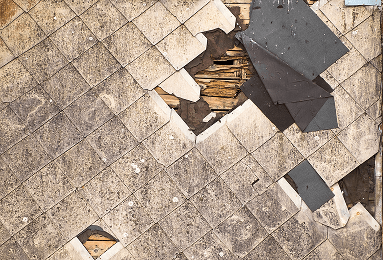Blog
The History of Asbestos

Efficient asbestos abatement requires knowledgeable contractors certified by organizations such as OSHA or other relevant authorities. Certified asbestos abatement contractors provide credibility and ensure that the work adheres to all necessary health, safety, and environmental standards.
For Utah property owners, Asbestos Abatement of Utah provides expert evaluations, risk assessments, and abatement services to resolve potentially hazardous situations effectively.

Faced with asbestos issues, many property owners may feel overwhelmed by the implications for health and resale value—but effective solutions exist. Taking the initiative to resolve asbestos concerns can set your property apart and instill lasting confidence in potential buyers.


